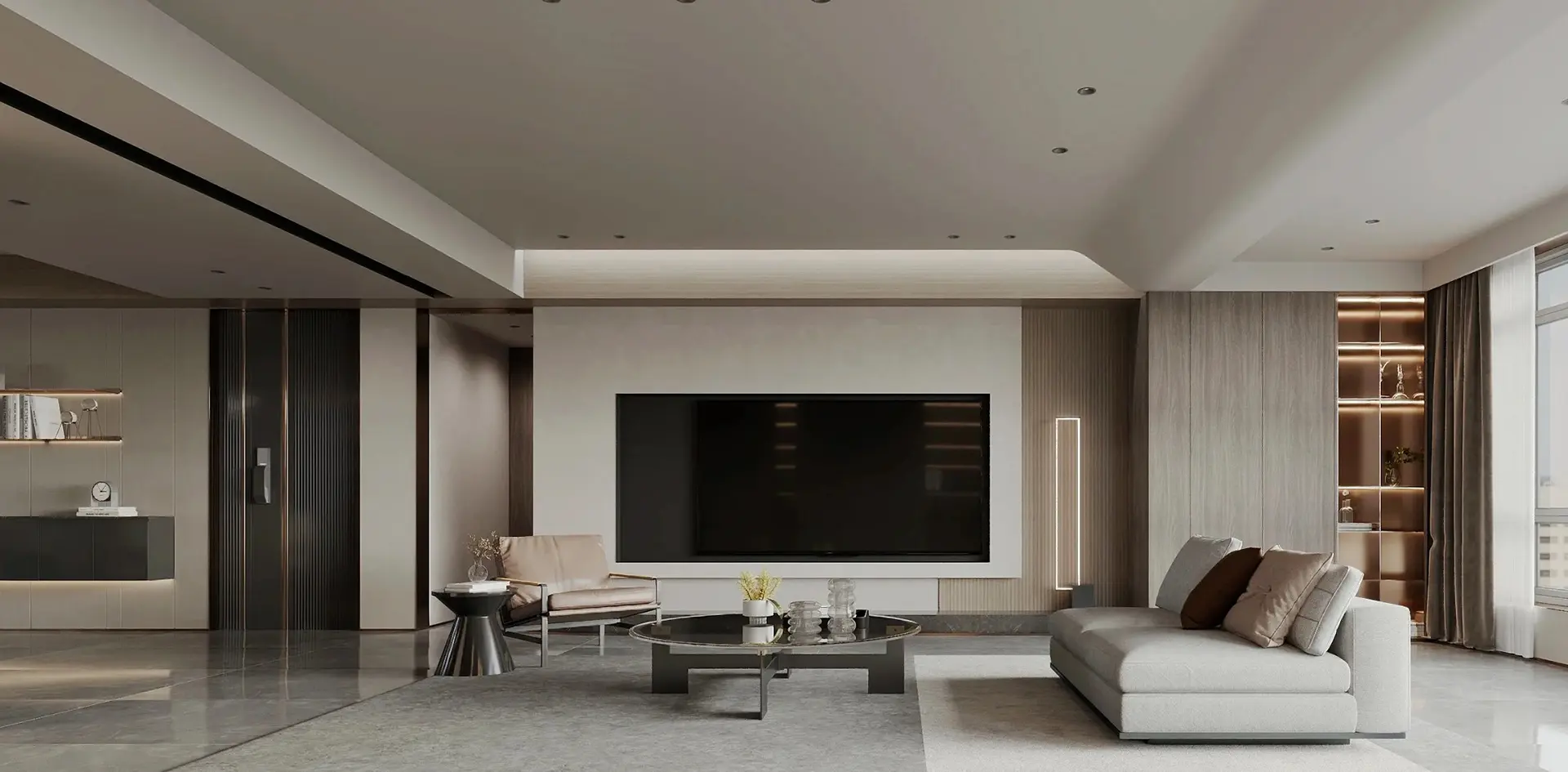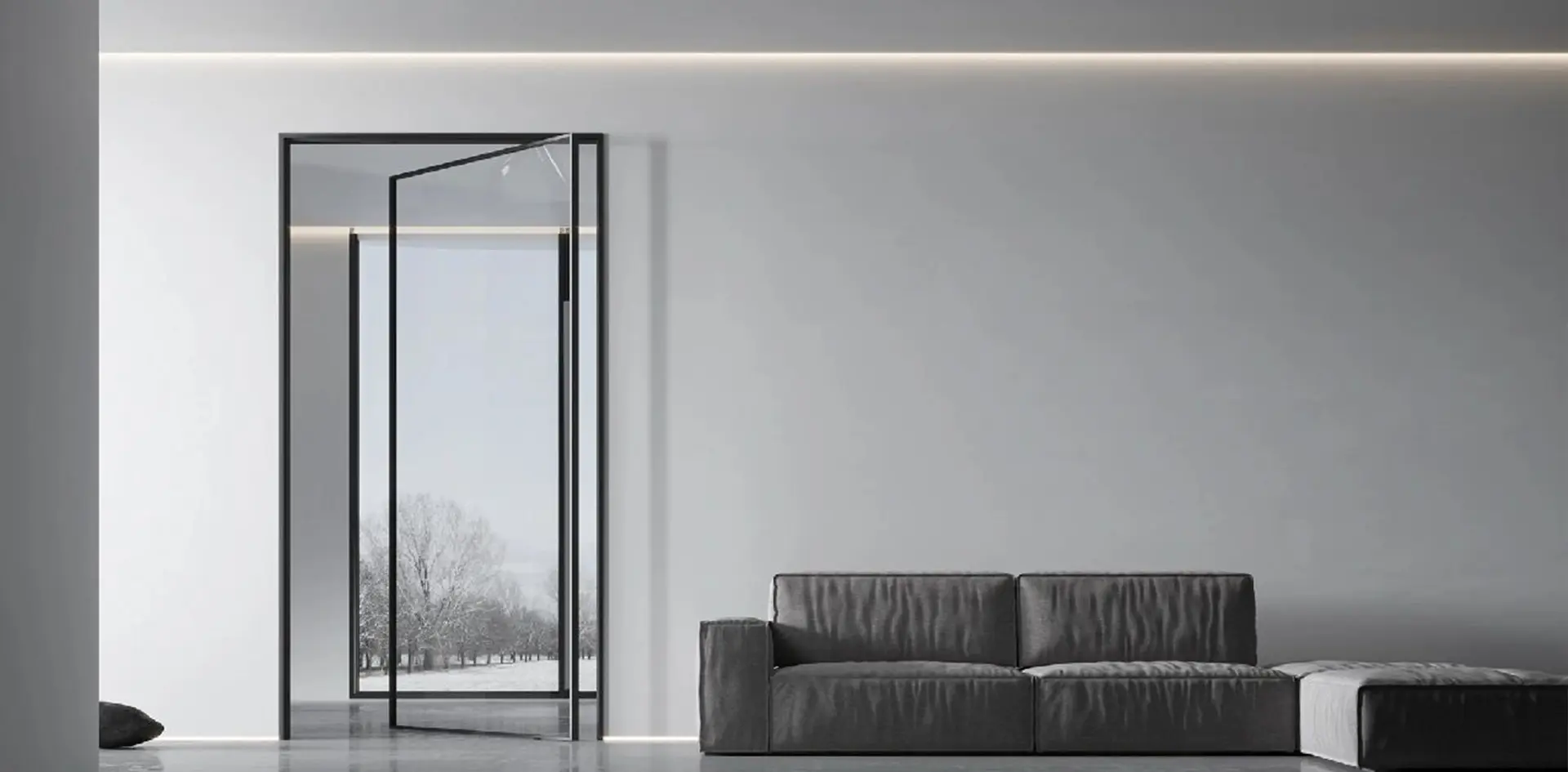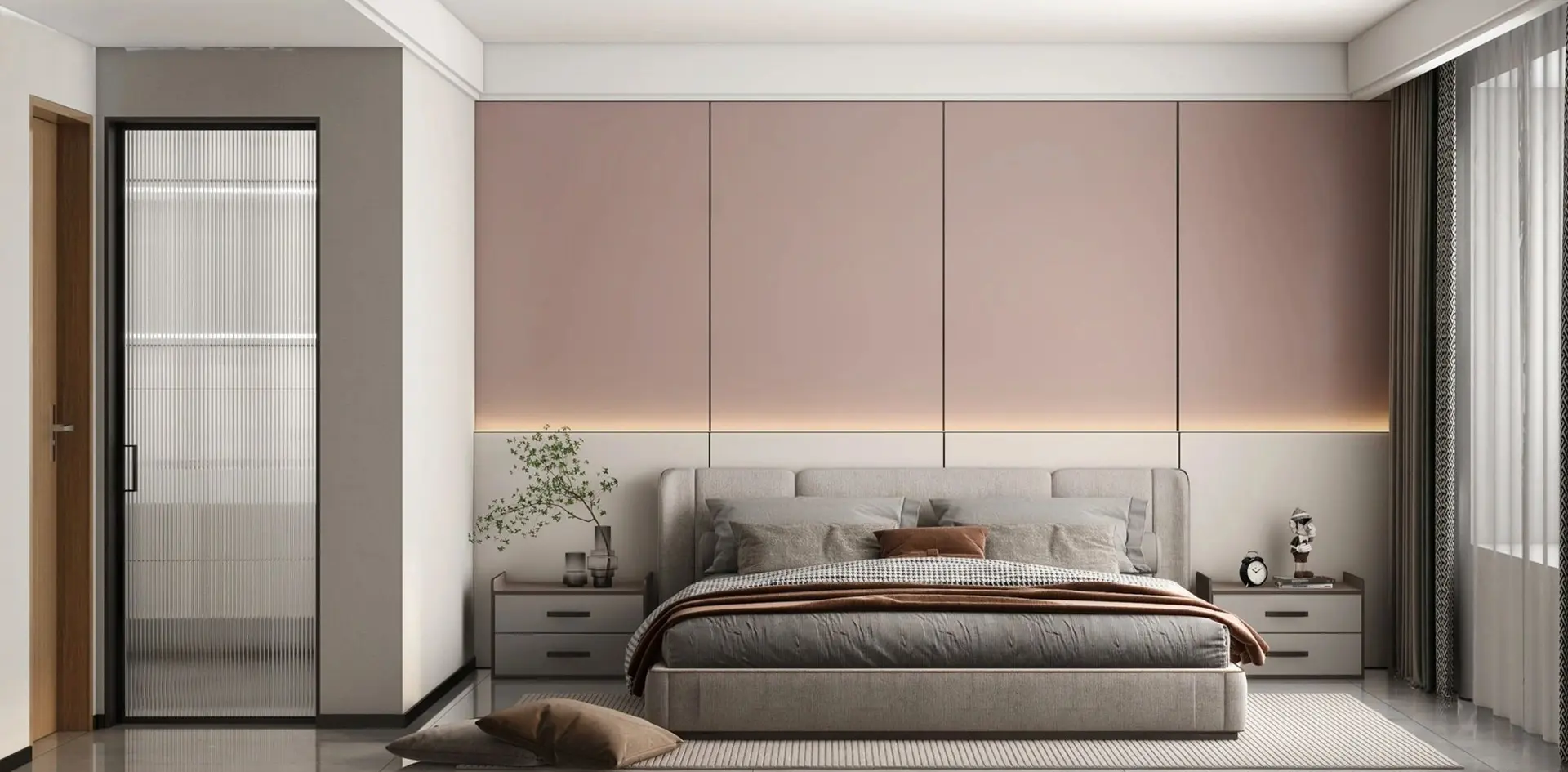
Common Challenges Faced When Choosing the Best Sliding Closet Doors for Your Space
When it comes to maximizing storage and enhancing the aesthetic appeal of your home, Sliding Closet Doors have become a popular choice among homeowners and interior designers alike. According to a recent industry report by the Home Improvement Research Institute, the demand for stylish yet functional sliding doors has surged, with sales projected to rise by over 15% in the next five years. However, selecting the best sliding closet doors for your unique space can present several challenges, from material choices to installation complexities. This blog will explore common hurdles faced in the selection process, including budget constraints and design compatibility, while offering practical solutions to ensure that you choose high-quality manufacturers that meet your specific needs. By understanding these challenges and solutions, homeowners can create a beautiful and efficient storage solution that enhances their living spaces.
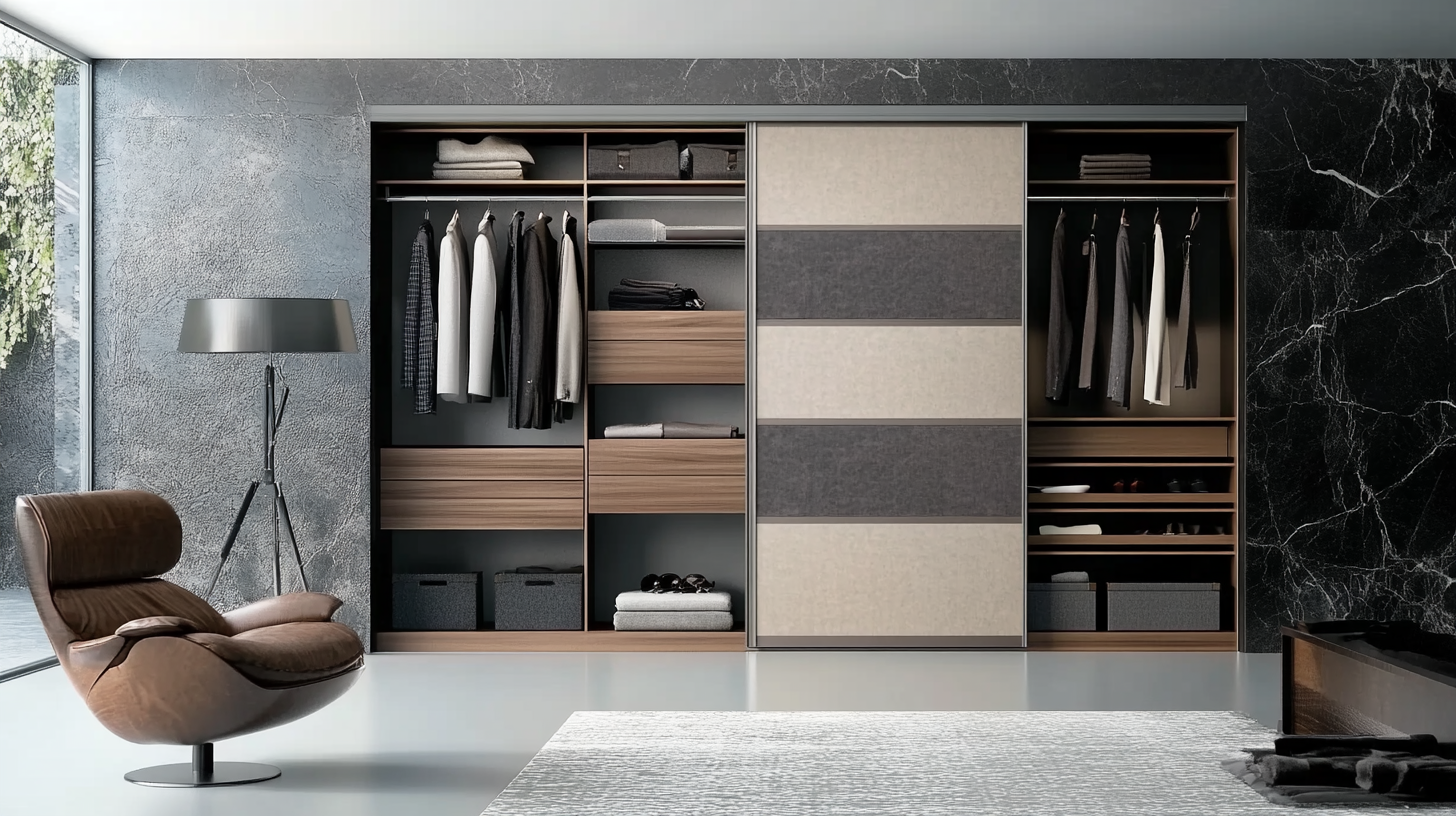
Understanding Different Types of Sliding Closet Doors: A Comprehensive Overview
When selecting sliding closet doors, understanding the different types available is crucial to making an informed decision that suits your space and style. Sliding doors come in a variety of materials and designs, ranging from traditional mirrored doors to modern frosted glass options. Each type has its own aesthetic and functional benefits, allowing you to enhance both the appearance of your room and the accessibility of your storage.
When comparing options, keep in mind the pros and cons of each type. For instance, mirrored sliding doors can create an illusion of more space and reflect light, making them perfect for smaller rooms. On the other hand, wooden options can add a warm, classic touch to your interior, offering sturdy construction. Moreover, consider the sliding mechanism; top-hung systems can provide a smoother operation compared to bottom-mounted systems.
**Tips:**
1. Measure your space accurately to ensure the doors fit perfectly, taking into account both height and width.
2. Think about your color scheme and decor style, as the right door can complement or enhance your existing design.
3. Don't overlook the importance of the track system; a quality installation can prevent wear and ensure longevity.
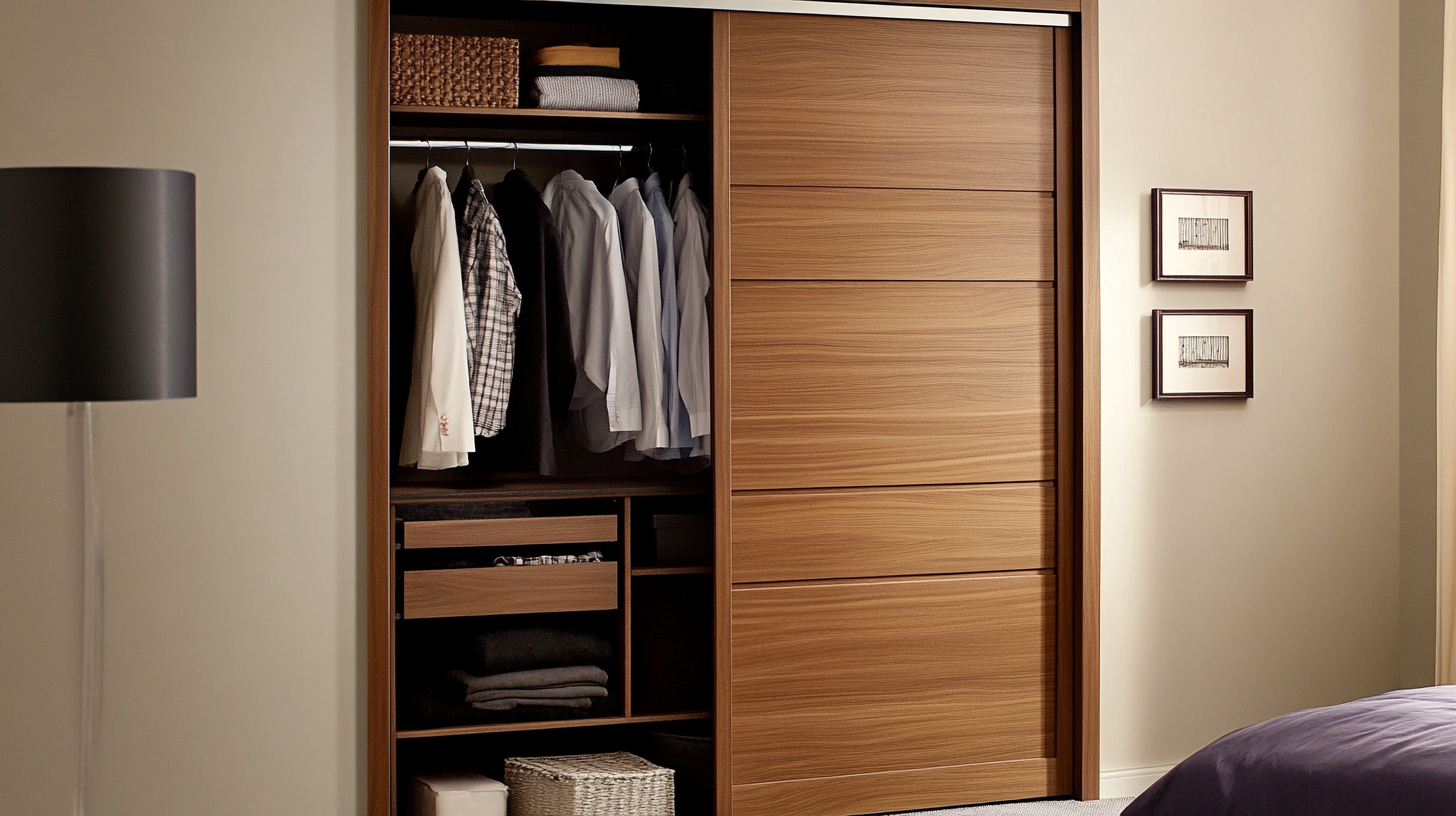
Evaluating Space Constraints: How to Measure for the Perfect Fit
When selecting sliding closet doors for your space, understanding how to measure correctly is crucial to achieving that perfect fit. First, you need to assess the overall dimensions of the area. Start by measuring the width and height of the closet opening, taking into account any obstructions such as light switches or outlets that could hinder the door's operation. It's also wise to measure the floor space to ensure that the sliding mechanism has enough clearance to operate smoothly without hitting furniture or walls.
Additionally, consider the depth of the closet and the style of doors you desire. Different door systems require varying amounts of space for installation. For instance, bi-fold doors may need more room to swing open, while traditional sliding doors operate along a track. Always remember to leave extra room in your measurements for trim or moldings, which can affect installation.
By carefully evaluating these space constraints, you can confidently choose sliding closet doors that not only fit perfectly but also enhance the overall aesthetics of your room.
Material Matters: Choosing Between Wood, Glass, and Metal Sliding Doors
When selecting the best sliding closet doors for your space, the choice of material is crucial. According to a report by the American Institute of Architects, approximately 66% of homeowners prefer sliding doors, with wood, glass, and metal being the most sought-after materials. Each option offers unique benefits and aesthetic appeals, significantly impacting your home’s design and functionality.
Wood sliding doors bring warmth and a classic feel, making them ideal for traditional settings. A study from Houzz indicates that wood doors can increase a home's resale value by up to 10% when they are well-maintained and appropriately styled. However, they may require more upkeep to prevent warping and scratches over time.
On the other hand, glass sliding doors can create a modern and spacious look. They allow natural light to filter through while offering a glimpse of the closet's interior. Yet, they could pose privacy concerns and may require regular cleaning to maintain their shine. Metal doors, frequently used in contemporary designs, are durable and low-maintenance, making them a favorite for urban dwellers.
**Tips:** When choosing sliding doors, consider the overall style of your home and the functionality you need. Do a cost analysis to reflect on your investment's long-term benefits. Lastly, don’t overlook insulation properties, particularly with glass doors, as they can impact energy efficiency.
Common Challenges Faced When Choosing the Best Sliding Closet Doors for Your Space
| Material | Advantages | Disadvantages | Cost Range | Maintenance Level |
|---|---|---|---|---|
| Wood | Durable, rich aesthetic, can be painted or stained | Can warp in humidity, heavier | $300 - $700 | Medium |
| Glass | Modern look, visually expands the space, easy to clean | Can be fragile, more expensive, offers less privacy | $400 - $900 | Low |
| Metal | Durable, contemporary feel, resistant to warping | Cold appearance, may dent or scratch | $350 - $800 | Medium |
Design Aesthetics: Aligning Sliding Door Choices with Your Interior Style
When it comes to selecting the best sliding closet doors, aligning your choices with your interior style is crucial. Sliding doors can serve as a focal point in your room if they complement the overall aesthetic. For modern homes, sleek designs with clean lines and minimalistic frames echo the uncluttered look that many homeowners desire. In contrast, rustic or traditional spaces may benefit from sliding doors with rich wood finishes or intricate detailing, providing a harmonious blend with the surrounding decor.
The rise of innovative materials in door design has expanded the range of options available. For instance, sliding doors can now be crafted from various textures and colors, allowing for greater customization to fit any theme. Incorporating elements like glass panels not only enhances visibility but also creates an illusion of more space, making them ideal for smaller rooms. As trends evolve, sliding doors move beyond basic functionality, transforming into stylish statements that resonate with personal taste and living spaces.
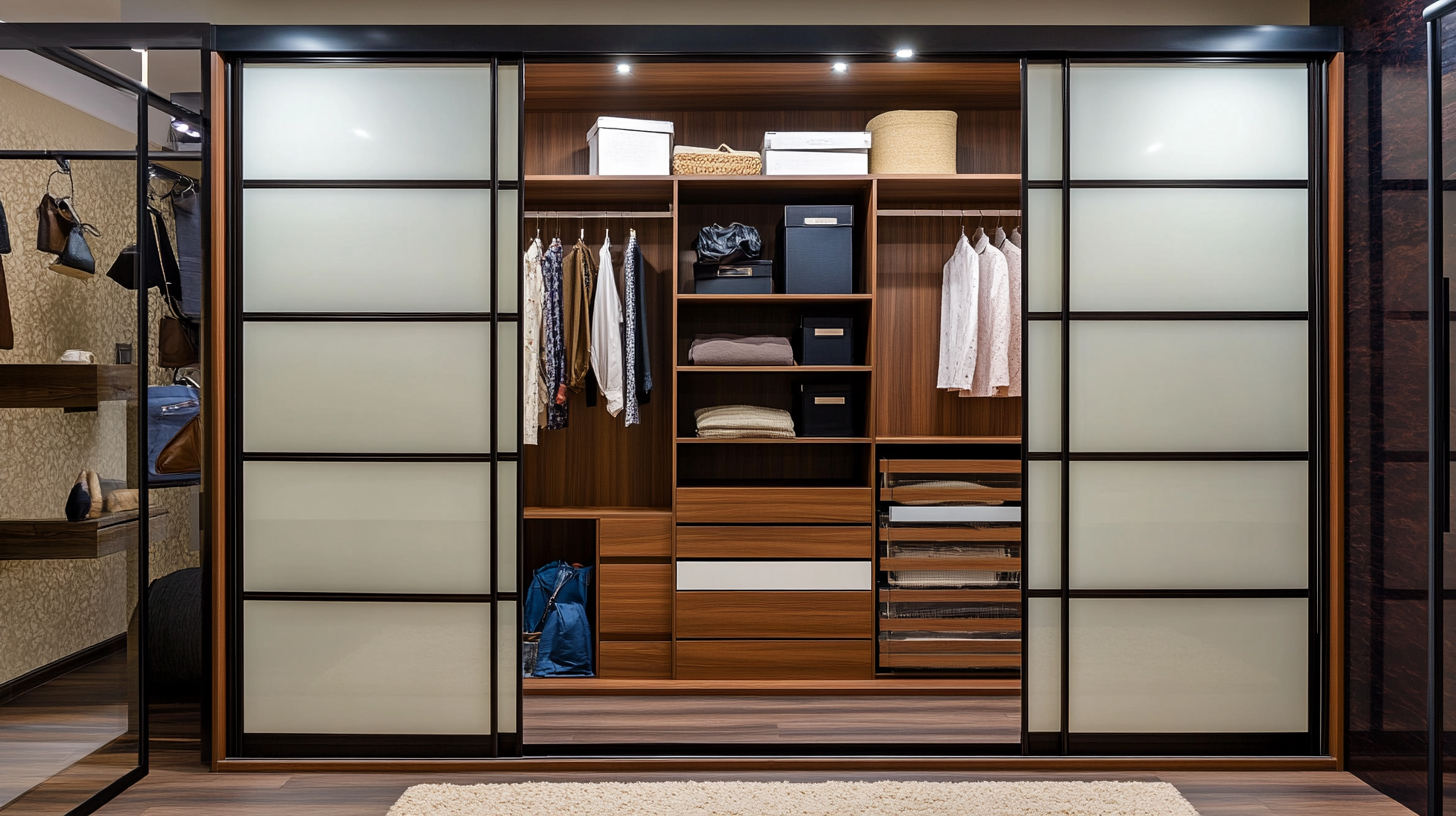
Common Installation Issues: Tips for a Smooth and Seamless Process
When considering the installation of sliding closet doors, homeowners often encounter several common issues that can hinder a smooth setup. According to a 2021 report by the Home Improvement Research Institute, approximately 25% of DIY installations result in improper measurements, leading to doors that don’t fit as intended. Ensuring accurate measurements is essential; using a laser level can provide precision and help avoid frustration during installation.
Another prevalent challenge is the alignment of the track system. Many installers overlook the need for a level surface, leading to sliding doors that either jam or come off the track. A study by the American Association of Homeowners revealed that nearly 30% of sliding door malfunctions can be attributed to misalignment. To mitigate this, it is advisable to check the mounting surface for evenness and make adjustments if necessary prior to installation. By being aware of these potential pitfalls and taking the time to prepare properly, the installation process can be both efficient and effective.
Common Challenges Faced When Choosing Sliding Closet Doors
Understanding the common challenges can help in selecting the best sliding closet doors and ensuring a smooth installation process.


